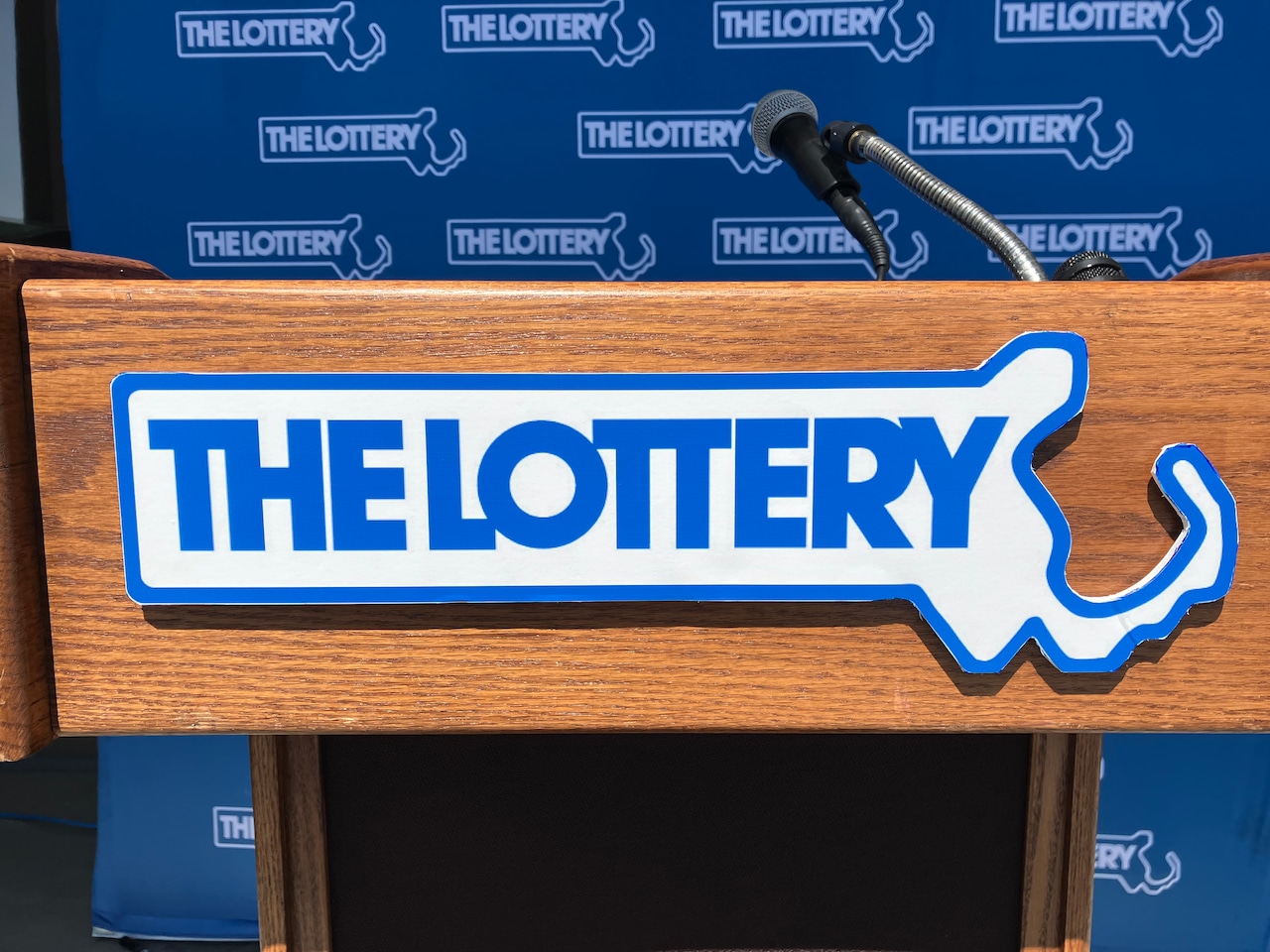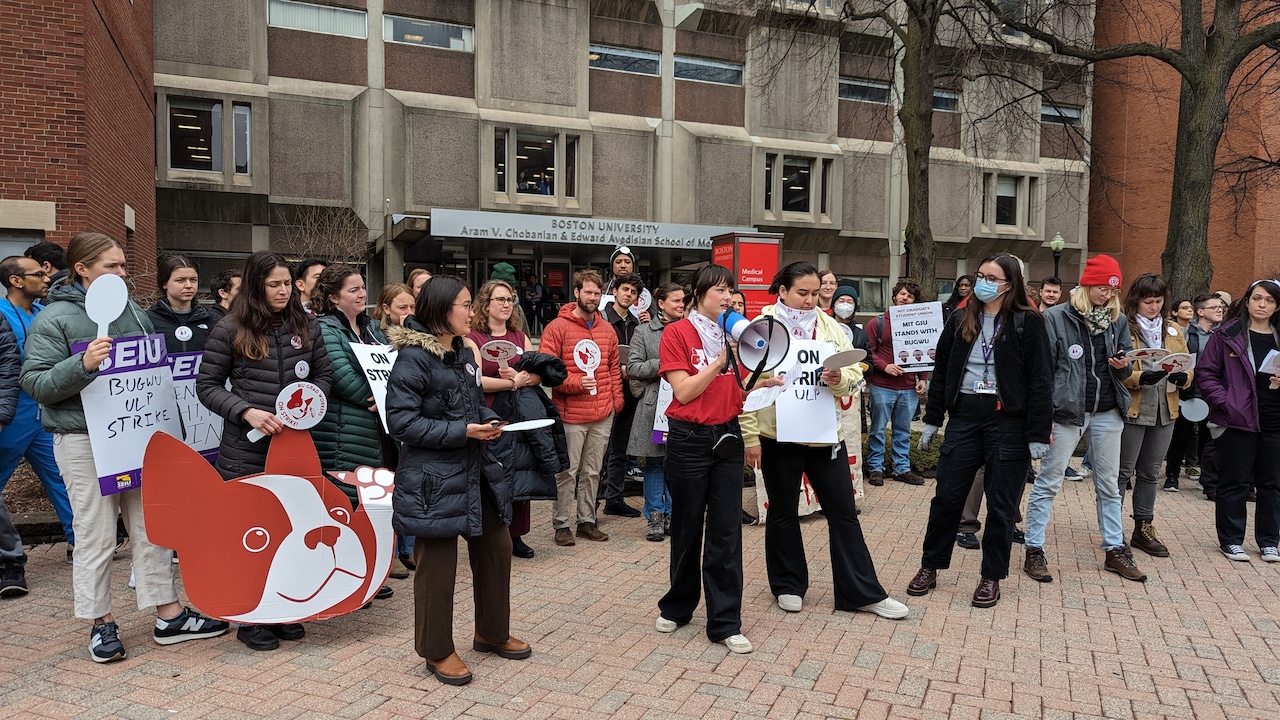In preparation for the 2024 season, the Red Sox made plenty of adjustments.
They made upgrading the defense a priority, correctly realizing that any improvement to the pitching staff would be negated if the pitchers weren’t supported by better play behind them. That’s especially true for a staff that doesn’t overpower opposing lineups, but instead relies on weak contact and converting balls in play into outs.
For the first seven weeks, the defense has delivered mixed results. The Red Sox have allowed 34 unearned runs, the most in baseball, and in games in which they’ve allowed at least one unearned run, are 2-13. Clearly, more work is needed.

Fanatics Sportsbook
10X$100 BONUS BET
BET MATCH BONUS
Must be 21+. GAMBLING PROBLEM? Call 1-800-GAMBLER (CO, KY ,MD, OH, PA, TN, VA, VT, WV); (888) 789-7777 or ccpg.org (CT); 1-800-BETS-OFF (IA); (800) 327-5050 or gamblinghelpline.org (MA), mdgamblinghelp.org (MD), 1800gambler.net (WV)
And yet, there’s no arguing that some improvement has been realized at several positions. Wilyer Abreu has quickly developed into one of the best right fielders in the game and Jarren Duran has made huge strides in center. A year ago, Duran was a decidedly below-average defenders; this year, he’e second among all outfielders in the big leagues with +10 defensive runs saved.
Meanwhile, Tyler O’Neill, who previously won two Gold Gloves for his outfield play with the Cardinals, hasn’t made the same impact here according to publicly available metrics. But the expectation is that, in time, he’ll perform as an above-average defender.
But for all their planning, the Red Sox probably didn’t expect that they’d struggle so much offensively. Just over a quarter of the way through the season, they rank in the middle of the pack when it comes to runs scored (16th) OPS (11th), batting average (14th).
No doubt, that dropoff is the result of losing Trevor Story (shoulder) in the eighth game of the season, while also being without first baseman Triston Casas (ribcage) for almost the last month — with another month, minimum, before he’ll return to the lineup.
Few teams are capable of overcoming such significant losses in-season. That’s even more true for a team that finds itself in transition, with two rookies (Abreu and Ceddanne Rafaela) as everyday players and a third (Vaughn Grissom) with fewer than 260 big league at-bats to his credit.
Few predicted that the lineup would be this team’s chief weakness in mid-May. And yet, that’s where the Red Sox sit. Despite an MLB-best ERA and vastly improved defense since Rafaela moved to shortstop, the Red Sox are struggling to remain above .500.
Since May 1, about a week after Casas went down, the Red Sox have failed to score more than three runs in nine of their last 14 games. And in a recent 18-game stretch in which they never allowed more than five runs in any one contest, the Red Sox were just 9-9.
With Story done for the year and Casas more than a month away, what can the Red Sox do?
A trade for an impact bat would seem unlikely, as teams are historically reluctant to make big deals before July, though it should be noted that the San Diego Padres recently acquired Luis Arráez, a two-time batting champion, in a deal. So it can be done, even if it’s far from commonplace.
There aren’t any obvious solutions from the minors. At Triple A Worcester, much of the roster is made up of 4A players, none of whom represent meaningful upgrades. Among prospects, Niko Kavadas has been on a heater, and is slashing .310/.454/.670. But Kavadas is a well below-average defender and his alarmingly high strikeout rate (28 4 percent) at the Triple A level suggests that he would struggle mightily at the big league level.
Marcelo Mayer is mashing at Double A Portland the way the Sox had hoped now that he’s again healthy, but it’s impossible to imagine the organization double-jumping him to the big leagues and bypassing Triple A. The Sox have too much invested in Mayer to sacrifice his development for the sake of a quick injection of offense in Boston.
It would seem, then, any improvement will have to generated from within. Who are the internal candidates who could improve?
* Masataka Yoshida. Yoshida is out with.a thumb injury that will not require surgery, but also hasn’t led to a timetable for his return. Yoshida may not be a true thumper, but he is a major league-caliber bat who supplied a .777 OPS last year to go with 33 doubles. Even a keep-the-line-moving hitter would be an upgrade over what the Red Sox are getting out of journeyman DH options like Garrett Cooper and Dominic Smith.
* Vaughn Grissom. Grissom has long been viewed as a offense-first infielder who’s displayed pop and some speed at the minor league level. The Red Sox have gotten so little out of second base this season — the collective .427 OPS from the second base position is easily the lowest of any MLB team — that it shouldn’t take much to improve the output at the position.
* Rafael Devers. Devers hasn’t been bad, with an .871 OPS and an OPS+ of 143. But he’s hit just six homers, and while it may be unreasonable to expect that Devers can carry the team without Story and Casas, especially as teams know that, as the Sox’ primary offensive threat, they can pitch around him. “I bet game-planning is around him,” said Alex Cora. “And every team is doing that. Hopefully, he’s not trying to do too much. Where we’re at offensively, you circle him and that’s the guy (you focus on).” But there are expectations that comes with being a $300 million player and being The Guy is one of them.
________________
In recounting a “tough” conversation he had with pitcher Brennan Bernardino just before the start of the regular season recently, Alex Cora shed some light on one of the harder tasks for a major league manager: delivering bad news to players who might deserve better.
In late March, the Red Sox came to the decision to keep Joely Rodriguez over Bernardino on the Opening Day roster. (Turns out that was the wrong call, one the Red Sox rectified weeks later). It was Cora’s job to remind Bernardino that it was the best move for the organization at the time, even if it wasn’t the news that the pitcher wanted to hear.
“I don’t think you convince (players in that situation),” acknowledged Cora. “But we just had to tell him how we feel and this is where we’re going. I remember one year I had a few good weeks with the Dodgers and they sent me down. They didn’t convince me that I deserved to go down or I needed to go down. But you have to accept it.
“It’s like I always say: What are you going to do? You’d better show up (in the minors) the next day and perform. If you don’t perform in the minor leagues, you’re not going to get back to the big leagues.”
Asked if he’s gotten more accustomed to delivering that message to unhappy players, Cora said: “I think throughout the years, it’s becoming easier and easier. It’s kind of like, ‘Here’s where we’re going.’ No feelings attached.”
______________
It’s hard to believe there’s a kinder person in the game than Torey Lovullo.
When Lovullo was the Red Sox’ bench coach, he was appointed interim manager as John Farrell took a medical leave of absence to undergo treatment for lymphoma. Along the way, Lovullo made sure to visit Farrell regularly, seek his input and give him credit for the team’s success. He also steadfastly refused to use the desk in Farrell’s office, out of respect to Farrell and fear that it would be inappropriate.
As manager of the Arizona Diamondbacks, Lovullo made sure to support his friend — and boss — GM Mike Hazen, who lost his wife Nicole to brain cancer. Lovullo acted as a second father to the Hazens’ three boys, now without their mother. In particular, Lovullo took it upon himself to follow Nicole’s tradition of hanging elaborate Christmas lights each holiday season, vowing to string them up every year in her memory.
And this past week, Lovullo asked Cincinnati Reds manager David Bell to be part of his coaching staff for the 2024 All-Star Game. Lovullo and Bell were teammates in Triple A in 1995, and Lovullo also has a history with David’s father, Buddy, the former major league third baseman, who helped Lovullo during his playing career.
But the real connection is that Mike Bell, David’s brother, was the longtime farm director of the Diamondbacks. Mike Bell passed away in 2021 due to kidney cancer, and Lovullo thought having David on his staff would be a way to pay tribute to Mike.
We should all wish to have someone as compassionate and giving as Lovullo in our lives.
____________________
The knuckleball has all but disappeared from the major leagues.
San Diego’s Matt Waldron has a knuckleball in his repertoire, but he only throws is occasionally — anywhere from 20-30 percent of his pitches. He’s not a full-time knuckleballer, in the way that Phil Niekro, R.A. Dickey, Charlie Hough and Tim Wakefield were.
In the minors, veteran infielder David Fletcher has made two mound appearances this year for Triple A Gwinnett, the Braves’ top affiliate. Earlier this week, he struck out three hitters with a knuckler that barely surpassed the speed limit. He had made one prior pitching appearance early in the season.
Fletcher is still in the middle of a five-year, $24.5 million deal he signed with the Angles before the 2021 season and was traded by the Angels to Atlanta this season. He’s been up and down with the Braves a few times this season, and continues to hope for a return to the majors as an infielder.
But how cool would it be, in the year following Wakefield’s tragic passing last October, for Fletcher to follow in Wakefield’s footsteps and make the transition full-time from position player to knuckleball specialist?
The game could use some variety and the unpredictability that a knuckleball delivers.
_________________
Major League Baseball needs to do something to make sure that what happened in the ninth inning at Fenway Thursday night doesn’t happen again.
The Red Sox correctly charged that the Tampa Bay Rays had already reached their limit on mound visits after pitching coach Kyle Snyder crossed the base line and approached the mound.
After a lengthy wait period that had crew chief Phil Cuzzi conferring with the replay umpires in New York, it was determined that the Rays had indeed gone over, and as a consequence, would be forced to change pitchers.
One problem: over the lengthy delay, there was never any announcement to the fans in the ballpark as to what the issue was. The paying customers were kept in the dark about the nature of the delay and, ulitimately, the ruling that resulted in the pitching change.
Cuzzi had a microphone at his disposal; why not inform the fans on hand?
No other sport fails to serve the in-person fans like baseball. In football, hockey and basketball, announcements are made and explanations are provided. What’s MLB excuse?






